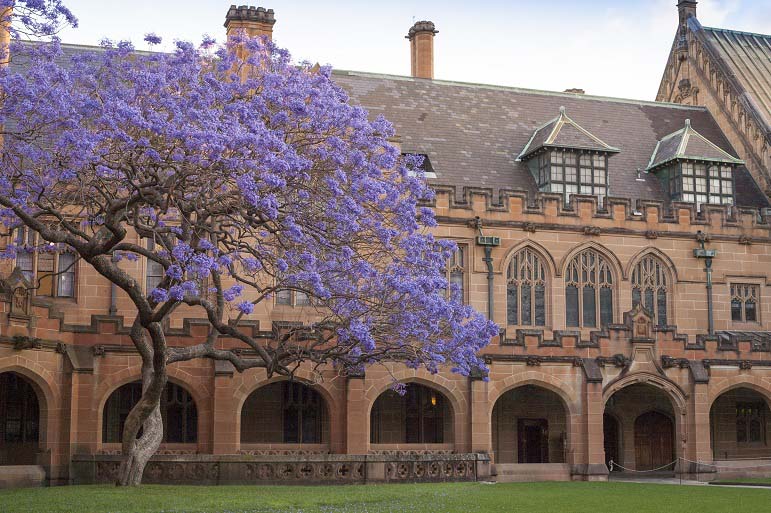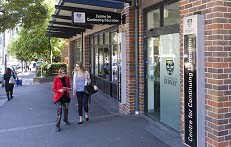60-year-curriculum
Welcome to the age of the 60-year-curriculum
There’s a new way of imagining what continuing education means to us, and it’s called the 60-year curriculum.
Actually, this change has been decades in the making. Even before the Centre for Continuing Education opened in 1984, since as far back as 1889 The University of Sydney has been offering a growing body of courses for the general public.
Fast-forward to the present, and CCE offers more short courses than any comparable institution in Australia. There are least 500 choices on offer, with many more being added in 2019. Learning has become synonymous with career progress and personal fulfilment, and so we’re catering to an increasingly diverse type of student.

Fact: our working lives have changed
The term 60-year curriculum was coined by Hunt Lambert, Dean of Harvard University’s Extension School. It recognises that people keep learning up until their retirement and beyond, especially when they have more time to extend or expand on their areas of interest. More of us are taking studies not just when times are tough and we have to upskill, but also when times are good and we can afford to do so.
The growing trend of balancing studies with work starts in the undergraduate years. More students are entering formal studies after age 25 and while working, overseas as well as in Australia. Juggling various commitments, these students are taking longer than ever to complete their degrees – prompting a growing need for education providers to offer more so-called bite-sized study units.
Educators must now operate within three clear pathways to adult learning: solution-based learning (to impart professional skills, such as project management or computer skills), non-credit based learning (such as culture or languages) and credit-based learning (studies resulting in formal qualifications).
The CCE focus is on solution-based and non-credit based learning, but these distinct pathways are something we’re keenly aware of and this is shaping our entire offering.

How we’re embracing the 60-year curriculum
A big change here at CCE is the number of courses we’re aiming at professionals in the three to five years’ post-qualification phase. Practicality remains a distinguishing point: prerequisite studies are not necessary, and the skills acquired in class can be used the very next day at work. Particularly sought-after are short courses in IT, project management, marketing, and business communications.
More of our existing and new courses are developed in collaboration with university and industry partners, and validated through powerful student feedback loops. Some of our just-launched courses include an Entrepreneurship Series, advanced Executive Assistant’s Course and various data analytics programs.
These changes have made CCE increasingly critical to The University of Sydney’s strategic direction, both from a business and a reputational perspective.
The new face of the partnership approach is in fact what thinktanks consider the ideal response to the 60-year-curriculum, as outlined in an EY report released in 2018.
Love of learning
Of course, as a part of the university we’re not just about the pragmatics. Our students are aged anywhere between 20 and 80, with many coming back repeatedly because they’re big on learning –whether it’s for languages, or to gain insights into humanities topics such as opera, spirituality, fiction, philosophy or photography.
Others take short courses because they’re contemplating doing a Master’s, and want to test the subject-matter first – or their own ability to commit.
Regardless of any student’s learning objectives, one thing we’re certain of is that they’re likely to evolve further in any given 60-year cycle. When that happens, we’ll have the tools to respond.
Featured courses
Strengthen your leadership mindset and skills. Explore self-leadership, emotional intelligence, and team development. Learn to influence effectively, create high-functioning teams, and shape a positive workplace culture with confidence.
Learn moreEnhance your EA expertise with advanced communication, negotiation, and leadership strategies. Navigate business complexities, build a strong professional brand, and future-proof your career in a rapidly evolving corporate landscape.
Learn moreThis course introduces key analytics techniques to help extract meaning from data. Learn to apply predictive analytics, improve decision-making, and develop critical thinking skills for various business functions, including HR, sales, and finance.
Learn more